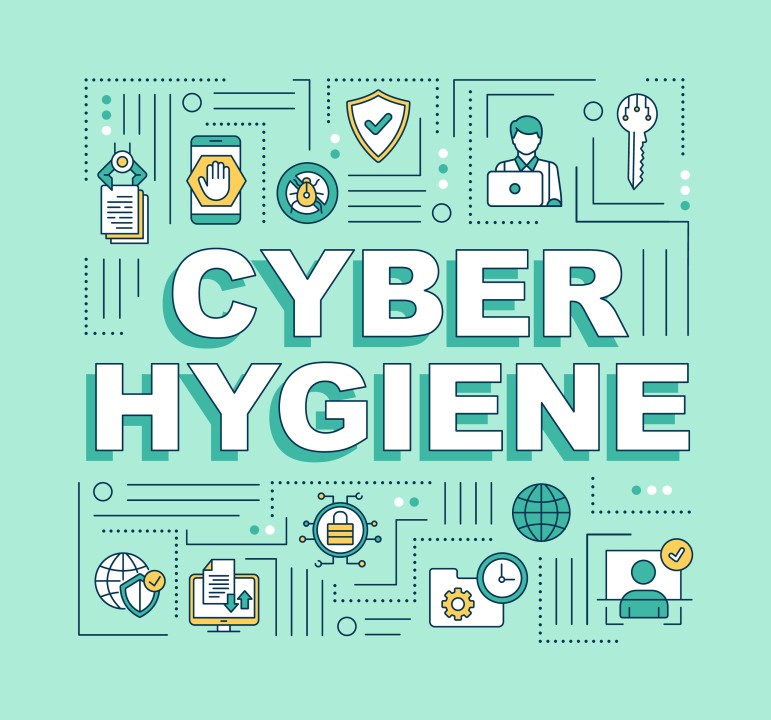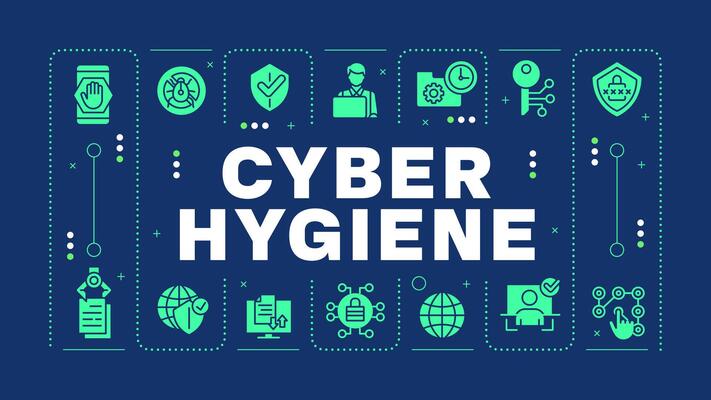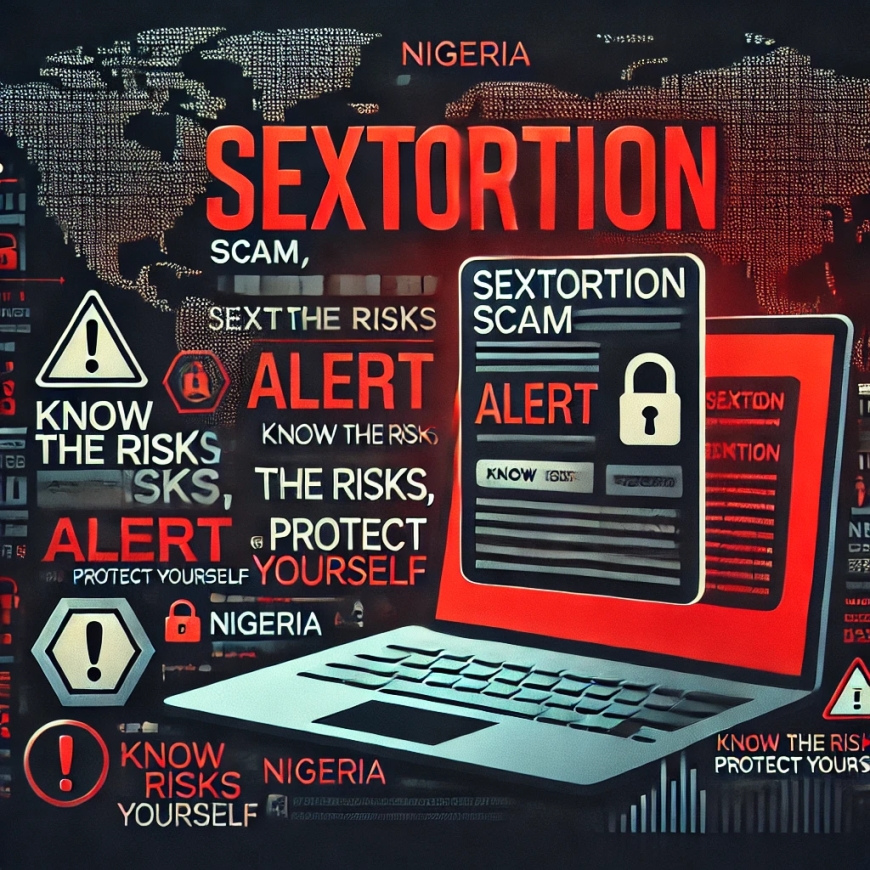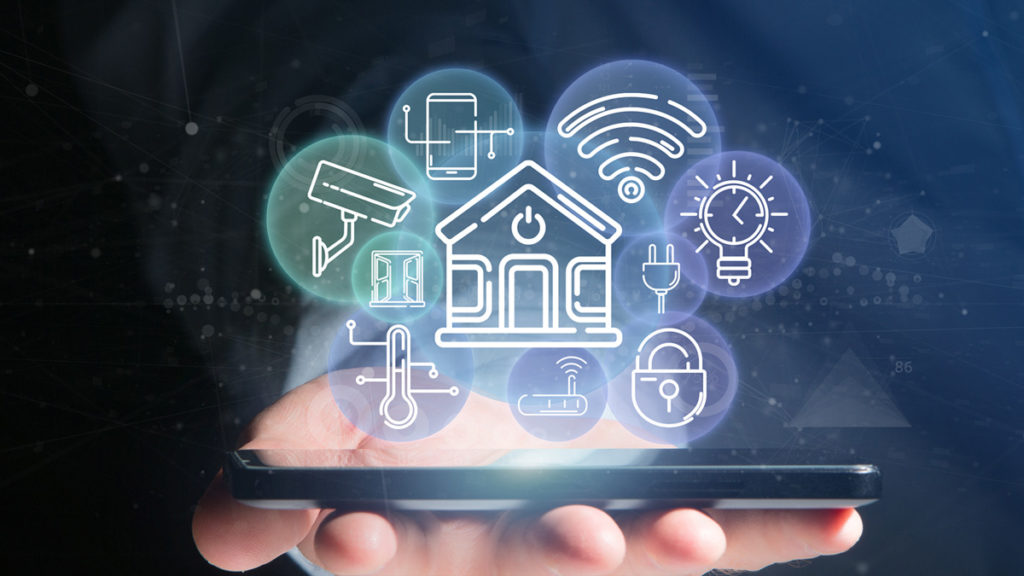Core Cyber Hygiene (Part 2)
Safe Browsing, Email, and Backups
From phishing pages to malicious attachments, this long-form awareness guide explores safe browsing habits, secure email behavior, and reliable backup strategies.

Good cyber hygiene isn’t about paranoia — it’s about awareness. The more you understand how attacks unfold online, the harder you are to fool.

Introduction
The digital world has become second nature — we browse, click, and download with instinctive confidence. Yet behind every ad, email, and search result lurks a potential threat engineered to exploit our trust. Cybercriminals no longer need to break through firewalls; they just need to manipulate human behavior.
This long-form guide continues the Core Cyber Hygiene series, focusing on three habits that define digital safety in 2025: safe browsing, secure email handling, and reliable data backups. Together, they form a defensive triangle that protects individuals and organizations alike from the most common and devastating cyber incidents.
Safe Browsing — The First Line of Contact
Every cyberattack starts with a connection. Clicking a link, opening a page, or downloading a file may seem harmless — but the modern web is full of traps.
The Hidden Dangers of Everyday Surfing
Attackers leverage every pixel of trust: ads, pop-ups, fake sites, and cloned domains. Even reputable search engines occasionally display malicious sponsored results. In 2024 alone, malvertising campaigns delivered millions of malware infections disguised as legitimate software downloads — from “Chrome updates” to “Notepad++ installers.”
Fake Update Prompts remain a classic trick. A deceptive pop-up claims your browser or player is outdated. Clicking it downloads a trojanized “installer” that brings along info-stealers, crypto miners, or ransomware.
Cloned Websites are even harder to spot. The difference between microsoft.com and rnicrosoft.com (where an ‘r’ and ‘n’ mimic an ‘m’) is nearly invisible. Attackers register thousands of such lookalike domains to capture credentials and payment data.
How to Stay Safe Online
- Rely on search results — not ads. Sponsored results can be poisoned. Scroll down to the first organic link instead.
- Bookmark trusted sites. Avoid typing URLs manually or following random links.
- Keep browsers updated. Exploit kits often target unpatched browser vulnerabilities.
- Use an ad blocker. It not only removes distractions but also eliminates an entire attack surface.
- Check for HTTPS. The padlock is not perfection, but it’s still a baseline signal of authenticity.
Real-World Example
In a recent campaign, cybercriminals cloned the Adobe Acrobat Reader site to distribute a variant of BatLoader, a malware installer disguised as an official download. Victims who installed it unknowingly invited secondary payloads like RedLine Stealer and Cobalt Strike into their networks. The entire infection chain began with a single Google search for “Adobe Reader download.”
Safe browsing isn’t about paranoia — it’s about skepticism. The best users on the internet are not the most technical ones; they are the most cautious.
Email Security — The Front Door to Every Breach
Even as technology evolves, email remains the most exploited attack vector. Whether you’re a CEO or a student, your inbox is a battlefield of scams, lures, and deception.
Anatomy of a Phishing Attack
Phishing relies on human emotion. Attackers don’t hack systems — they hack people.
The formula is timeless:
- Emotion – urgency, fear, or reward.
- Impersonation – posing as a trusted contact or institution.
- Action – a link, download, or form submission.
While the tactics are old, the execution is modernized by AI. Today’s phishing emails are flawless in grammar, use personalized details, and mimic internal communication styles with unnerving precision.
Modern Email Threats
- Business Email Compromise (BEC): Attackers impersonate executives or vendors to trick finance staff into wiring funds.
- Thread Hijacking: Criminals infiltrate legitimate conversations by replying within real email threads.
- QR Phishing: Emails now embed QR codes that bypass link filters and lead users to fake login pages on mobile devices.
Real-World Case
In early 2025, a mid-sized European logistics firm lost €400,000 after an employee received an email appearing to be from the CFO. The tone, signature, and project references were perfect — all crafted by AI using scraped LinkedIn data. The transfer went out within minutes. By the time IT realized, the funds were gone, and the attackers vanished behind cryptocurrency mixers.
How to Fortify Your Inbox
- Inspect sender domains carefully. Attackers love subtle typos like
@micr0soft-support.com. - Hover before you click. Check the real URL destination.
- Use security-aware email gateways that analyze message tone and structure.
- Report suspicious messages. It trains both the system and the workforce.
- When in doubt, verify via another channel — a quick phone call beats a week of incident response.
Backups — Your Digital Insurance Policy
Even with all defenses in place, no system is invincible. That’s why backups are your last line of defense against data loss, ransomware, and human error.
The Value of Redundancy
The 3-2-1 rule remains timeless:
- 3 copies of your data (1 primary + 2 backups).
- 2 different media types (e.g., local external drive + cloud).
- 1 offsite copy disconnected from your network.
Why Backups Fail
Many organizations believe they have backups — until they need them. Common pitfalls include:
- Backups stored on the same network as live systems, allowing ransomware to encrypt them.
- Sync folders (like OneDrive or Dropbox) mistaken for actual backups.
- Untested restores that fail when recovery matters most.
Real-World Example
When WannaCry hit in 2017, hospitals in the UK lost access to patient records for days. Facilities with offline backups recovered within hours; those without faced days of chaos and millions in damage. Years later, ransomware still dominates the threat landscape — but backups remain the simplest, cheapest countermeasure.
Best Practices
- Automate regular backups and set reminders to verify them.
- Keep at least one copy offline or on immutable cloud storage.
- Encrypt sensitive backups before uploading to cloud systems.
- Conduct periodic restore drills — because a backup untested is a backup untrusted.
Why It Matters
Cybersecurity isn’t a single product or app. It’s a habit.
Safe browsing prevents infection, email vigilance prevents compromise, and backups ensure recovery. Together, they form a sustainable defense strategy that anyone — individual or enterprise — can adopt without spending a fortune.
Key Takeaways
- Awareness and skepticism are your best antivirus.
- Assume every link or attachment could be a trap until proven otherwise.
- Automate what you can — updates, backups, scans.
- Build resilience: even if an attacker wins one round, your backups make recovery painless.
Cyber hygiene isn’t one big action — it’s a mindset. Once you think like an attacker, you stop being their easiest target.


